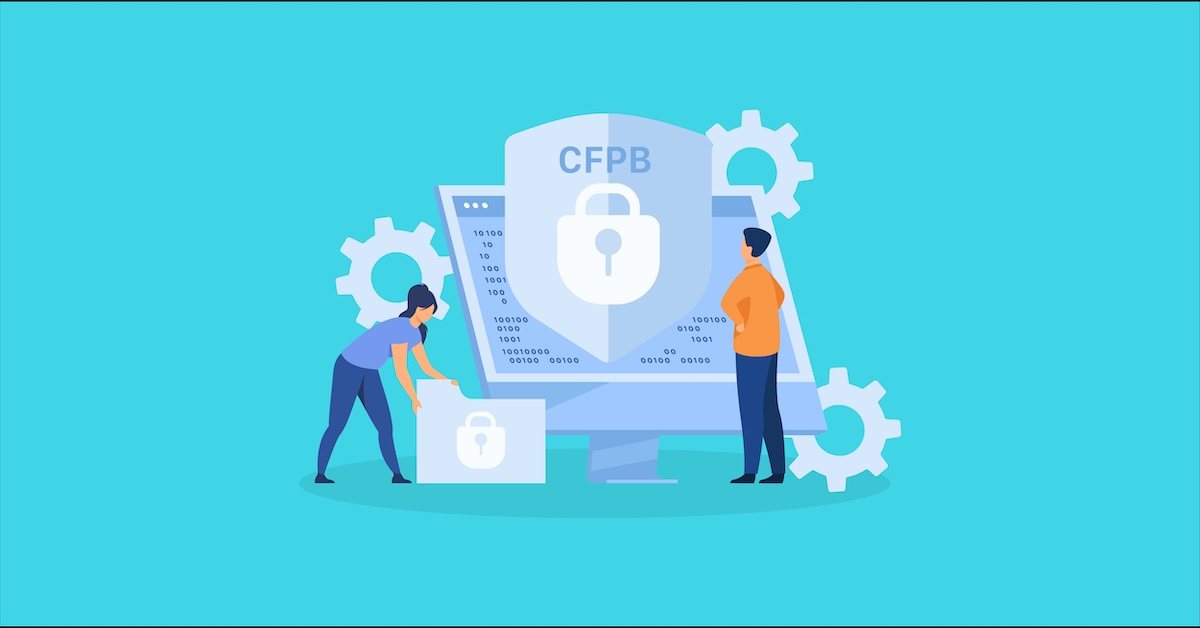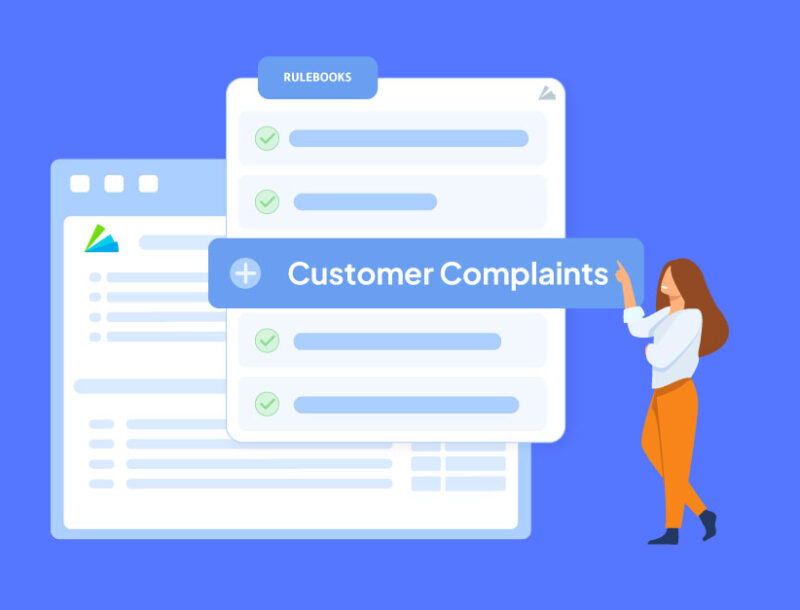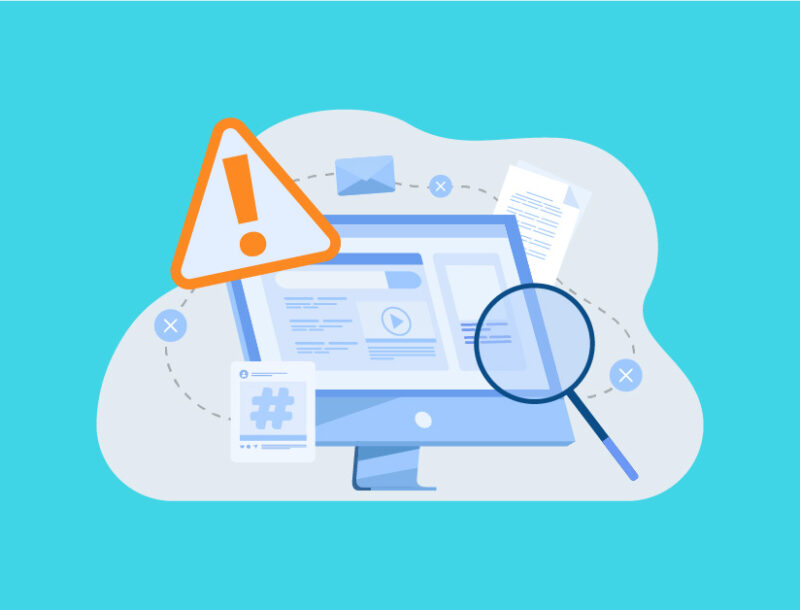CFPB Consumer Complaint Database: Overview & How to Use for Compliance

The CFPB has been collecting consumer complaints since 2011 and has received over 2.8 million complaints to date.
In 2021, the CFPB saw a record year of consumer complaints, up almost 12% from 2020. So far in 2022, the CFPB has already received over 450,000 complaints-a 44% increase from the same time frame last year. It can be expected that the CFPB will receive another record year of complaints at the end of 2022.
But, what does this mean for the organizations that the CFPB oversees, and how can these complaints be used in compliance programs?
The Goals
The CFPB collects, investigates, and responds to consumer complaints to better understand the types of challenges consumers face in the market and to obtain insights into how companies are responding to their concerns. This data helps the CFPB supervise companies and enforce regulatory compliance while identifying emerging issues.
The Process
When a consumer submits a complaint, the CFPB requires the consumer to identify the financial product or service with which they have a problem, as well as the type of problem. The complaint goes through several steps to ensure the consumers receive timely and thorough responses. The CFPB routes consumers’ complaints about financial products and services directly to financial companies and works to get consumers a prompt response, generally within 15 days.
Expectations
The CFPB expects companies to provide complaint responses tailored to the issues described in each consumer’s complaint. Three elements make up a complaint response:
- Completeness: The company addressed all the issues raised by the consumer, including providing any relevant documentation. Where appropriate, the company described communications with the consumer, attached copies of all relevant documents and described any follow-up actions the company has taken or plans to take in response to the issues described in the consumer’s complaint.
- Accuracy: The company selected the most appropriate response category for the written response provided and, when appropriate, described non-monetary or monetary relief provided to the consumer. Response categories include
- Closed with monetary relief
- Closed with non-monetary relief
- Closed with explanation, and administrative response options
- Timeliness: The company provided a response within 15 calendar days of the complaint being sent to the company. If a complaint cannot be closed within 15 calendar days, the company provided an interim explanation to the consumer and the CFPB and then a final response within 60 calendar days of the complaint being sent to the company.
Reporting
All complaints are published in the CFPB’s Consumer Complaint Database after the company responds, confirming a commercial relationship with the consumer, or after 15 days, whichever comes first. Complaints referred to other regulators, such as complaints about depository institutions with less than $10 billion in assets, are not published in the Consumer Complaint Database. Narratives from complaints are published if the consumer opts to share their narrative publicly and after the CFPB takes steps to remove personal information.
The CFPB collects, investigates, and responds to consumer complaints to better understand the types of challenges in the market and to obtain insights into how companies are responding to customer concerns. This data helps the CFPB supervise companies and enforce regulatory compliance while identifying emerging issues. The CFPB’s primary goal is to assist consumers in making well-informed financial decisions by empowering consumers with tools and information.
Using Complaint Data
According to the CFPB, there are a few different ways organizations can use complaint information:
- Companies can similarly use complaint information to gain important knowledge about their business, competitors, and industry more broadly
- Consumer complaints can be an indicator of potential risk management weaknesses or other deficiencies, such as violations of laws or regulations
- Complaints can reveal a weakness in a particular product, service, function, department, or vendor
- Complaints can also identify opportunities to enhance consumers’ experience and understanding of consumer financial products and services
Mitigate Compliance Risk with PerformLine
The first step to avoiding consumer complaints submitted to the CFPB and other regulators is to have a strong compliance management system in place. Organizations under the CFPB’s supervision should be proactive in their compliance efforts by monitoring marketing materials across channels and should ensure that they’re handling consumers’ issues before they get escalated to the regulators.
Every year, PerformLine releases the Complaint Risk Signal Report that provides insights into consumer complaint trends and the compliance risk signals they present. To access last year’s report-and to be the first to be notified of the 2022 report being published this fall-download your copy here.


